by Tom Meek
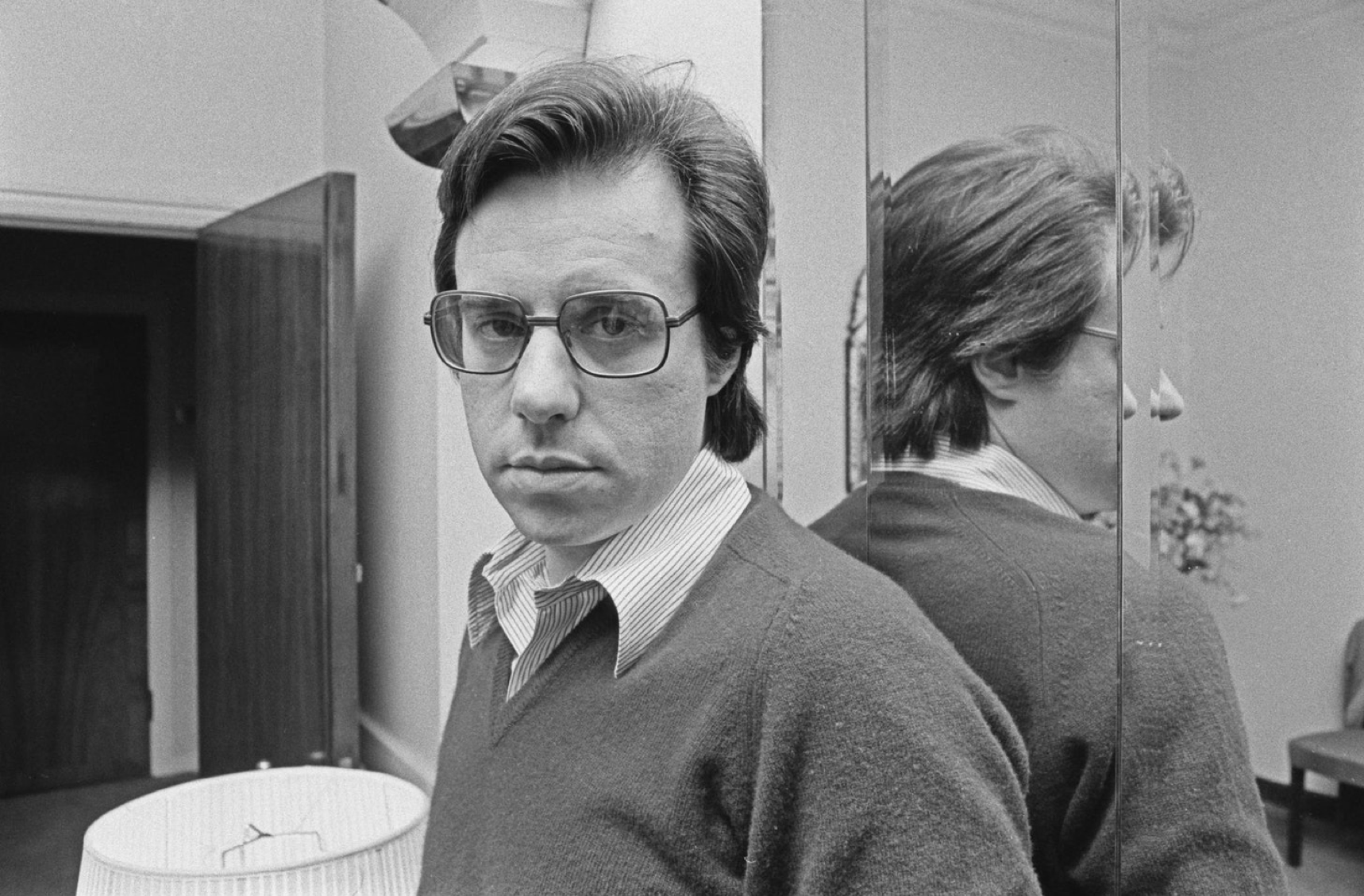
With the passing of Peter Bogdanovich earlier this year the movie world lost a filmmaker whose streak of instant classics in the 1970s rivaled that of fellow New Hollywood deities Francis Ford Coppola, Martin Scorsese and William Friedkin. The lesser known Bogdanovich who claimed to have been obsessed with film from the day he was born would enjoy a stratospheric early career helming three back-to-back critical and commercial hits; THE LAST PICTURE SHOW, WHAT’S UP DOC? and PAPER MOON, in his early thirties. Despite those cinematic successes, Bogdanovich’s personal life was peppered with tragedy, financial and career implosions, tabloid fodder romances and worse—his life, or parts of it, were not only like a movie, they were in movies.
The son of immigrants, Bogdanovich grew up on the Upper West Side of Manhattan where his father Borislav, a painter, often took him to the matinee where he became intoxicated by Golden Age classics directed by Charlie Chaplin, John Ford, Howard Hawks and Orson Welles. In his early twenties he penned detailed monographs of his cinematic idols for the Museum of Modern Art where he also programmed and wrote pieces on film for “Esquire” and “The Saturday Evening Post.” After directing an off-Broadway revival of Clifford Odets’s drama “The Big Knife” at the age 20 (starring a young Carroll O’Connor) he drifted west with his wife Polly Platt to work for the upstart Roger Corman as a second unit director and writer. In 1968 Corman would produce Bogdanovich’s first feature TARGETS, a loose depiction of mass murderer Charles Whitman infamously known as the “Austin Tower Sniper” for killing nine people during a 90-minute shooting spree in 1966. The film, a piquant blend of character profile and Bogdanovich’s love of cinema and screen legends (the final scene takes place at a drive in and features Boris Karloff as an aging horror film actor) was a low budget curio that scored critical acclaim but didn’t garner much attention at the box office. That same year, under the moniker of Derek Thomas, Bogdanovich also made VOYAGE TO THE PLANET OF PREHISTORIC WOMEN for Corman, a B-level quickie about scantily clad women in outer space–if that sounds like a vampy spoof on BARBARELLA, know that the Jane Fonda sci-fi, sex-kitten fantasy was made in ’68 as well.
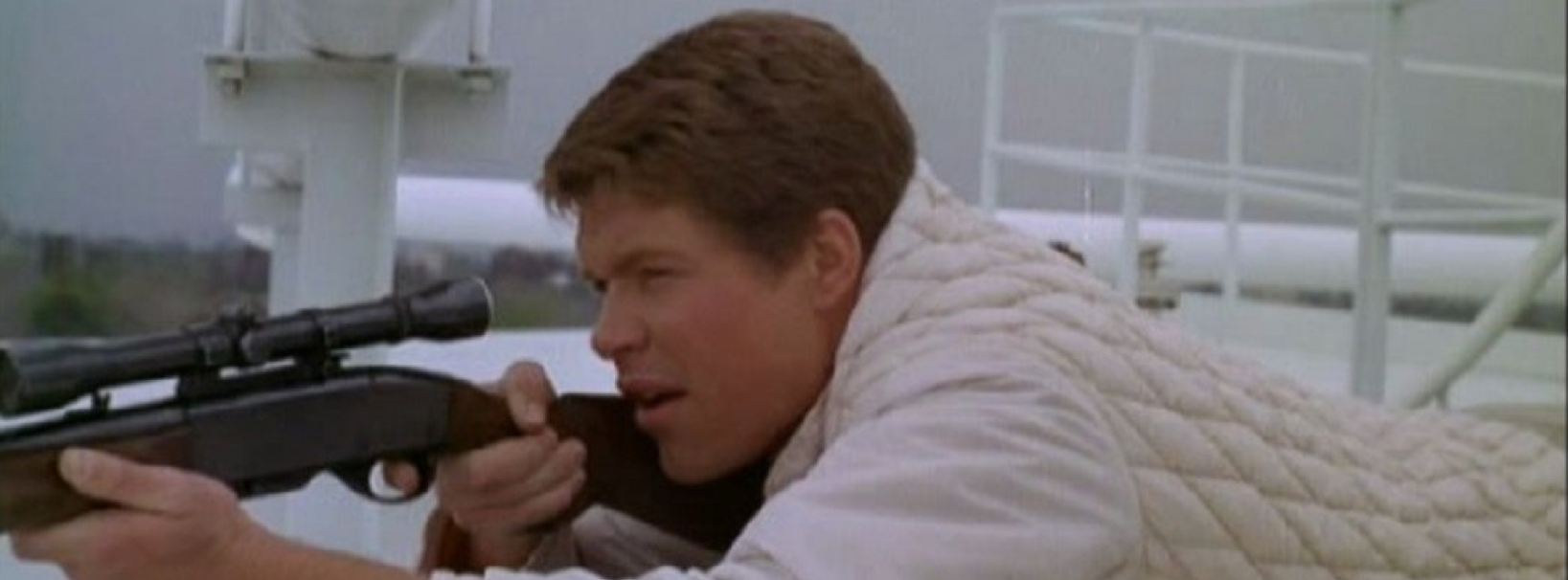
TARGETS drew Bogdanovich enough industry interest to do his next project THE LAST PICTURE SHOW, the film that would cement him as the new kid on the block and a maverick filmmaking force to be reckoned with. Co-written with Larry McMurtry from his novel about the small Texas town he grew up in, Bogdanovich cast unknowns Jeff Bridges, Timothy Bottoms and Cybill Shepherd in lead roles alongside select veterans, Ben Johnson and Cloris Leachman. Shot in lush black and white by Robert Surtees (BEN HUR, THE GRADUATE) and imbued with a palpable sense of lament for the dying Texas town at its core, THE LAST PICTURE SHOW resonated instantly with critics and audiences. Made for just over a million dollars it grossed nearly 30 million and was nominated for 8 Academy Awards including Best Picture. Bogdanovich himself would receive nods for Best Director and Best Screenplay while Johnson and Leachman rightfully picked up gold statues for their powerful supporting turns. It was a crowning high Bogdanovich would never see again.
Bogdanovich, easily identifiable by his long, spoonbill mug and signature ascot, would score again with the crowd pleasing screwball comedy homage WHAT’S UP DOC?. Driven by a fierce, funny performance by Barbra Streisand and a punchy script from Buck Henry (THE GRADUATE) the cheeky spin built around the mix up of four identical plaid overnight cases was a radical 180 from his previous work. His follow up, PAPER MOON, paired real-life father and daughter, Ryan and Tatum O’Neal, as Depression Era grifters and would make the younger O’Neal the youngest performer—at the age of 9–ever to win an Academy Award for acting. After that hat-trick, the studio system would seem to be Bogdanovich’s personal oyster bed (he was at one point in the conversation to do THE GODFATHER), but things would change quickly and dramatically. During the making of THE LAST PICTURE SHOW he began an affair with Shepherd, who at the time had been casually dating Bridges. If that didn’t make things complicated enough, Platt, the Mrs. Bogdanovich at the time, was the film’s set designer. Bogdanovich and Platt would soon divorce and he would take up residence in Bel-Air with Shepherd entertaining Orson Welles as a frequent house guest–more on that in a bit.
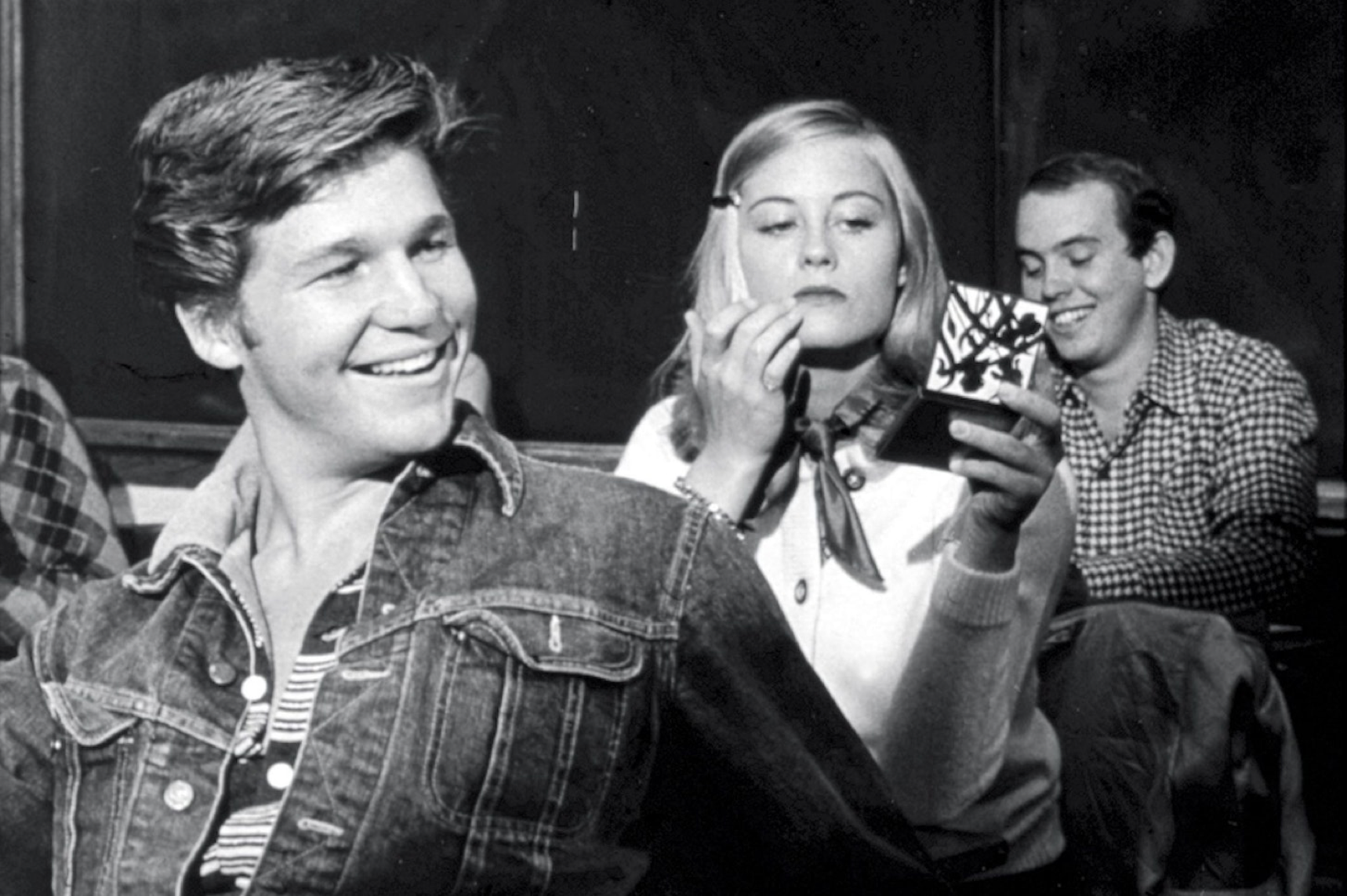
Bogdanovich’s next picture, an ambitious adaptation of Henry James’s DAISY MILLER fell flat on its face both critically and commercially. Many felt Shepherd in the leading role as a comely, flirtatious, nouveau riche American on retreat at a Swiss spa with her talkative mother, was miscast—a criticism Friedkin THE EXORCIST, THE FRENCH CONNECTION) had made about her in THE LAST PICTURE SHOW as well. Bogdanovich would later cite the studio’s erosion in trust as the main factor that would doom his next two pictures, AT LONG LAST LOVE (1975) a musical starring Shepherd and Burt Reynolds (yes, you may need to read that twice) and NICKELODEON (1976) an homage to the silent film era that paired O’Neal and Reynolds as an attorney and gunman who accidentally get into the filmmaking biz. His career would rebound some with SAINT JACK (1979) a dark drama about an American hustler (Ben Gazzara) running a high end bordello in Singapore catering to western tourists and Vietnam War GIs on leave. The film also starred British character actor Denholm Elliott, one-off Bond portrayer George Lazenby and Bogdanovich as a shady operative. SAINT JACK would also end Bogdanovich’s relationship with Shepherd (he was having an affair with actress Monika Subramaniam) though the two would reunite with Bridges and Leachman for TEXASVILLE, the 1990 sequel to THE LAST PICTURE SHOW.
Following SAINT JACK and his breakup with Shepherd life for Bogdanovich would again take a series of unhappy turns. At Hugh Hefner’s Playboy Mansion he would met bunny/actress/model Dorothy Stratten and begin a relationship with her casting her in his next film THEY ALL LAUGHED (1981), a madcap PI comedy with Audrey Hepburn (in one of her last performances), Gazzara and John Ritter. Stratten would be famously murdered by her estranged husband Paul Snider before the film was released. The grim murder-suicide remained at the fore of public interest and became the subject of the 1983 film STAR 80 directed by Bob Fosse, which did not portray the fictional Bogdanovich character in a flattering light. In 1984 Bogdanovich penned a personal remembrance of Stratton in KILLING OF THE UNICORN where he alleged Hefner sexually assaulted Stratten and later triggered Snider to kill her. Hefner responded by saying Bogdanovich had a relation with Stratten’s younger half-sister Louise, shortly after the murder, when she was just 13. Bogdanovich would deny the allegation but would pay for Louise’s cosmetic surgery at the time and later marry her in 1988; they divorced in 2001.
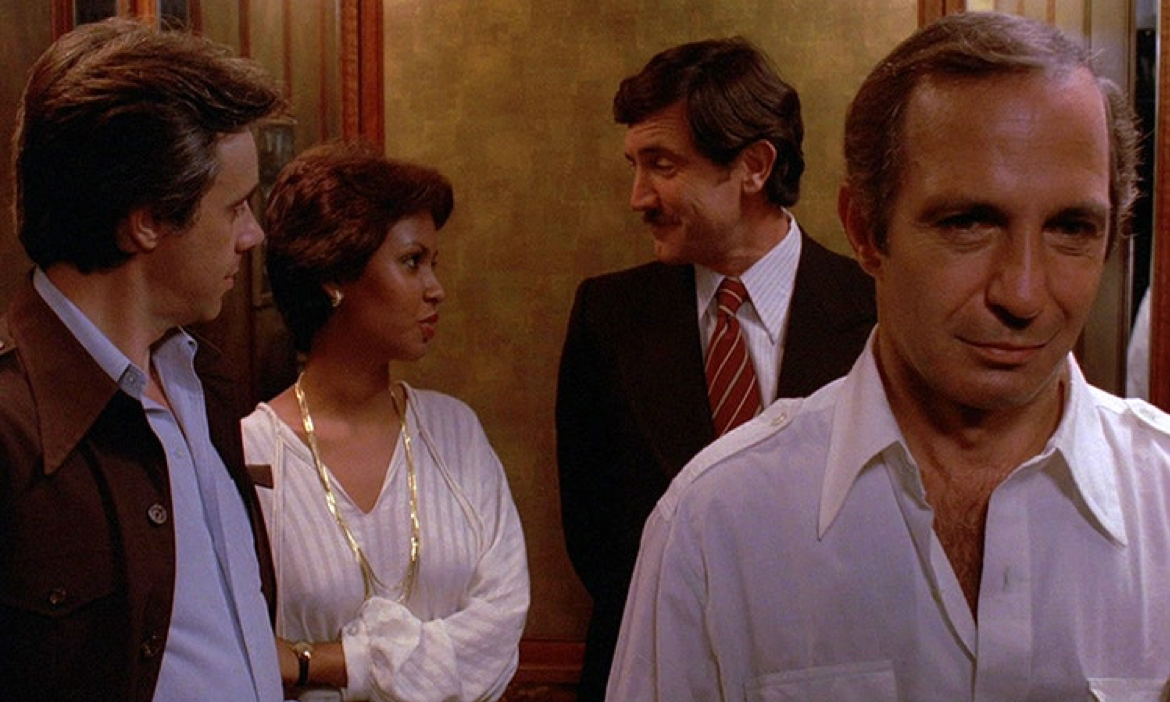
The death of Dorothy Stratten was not the only shocking tragedy in Bogdanovich’s life. At the age of 8, when he saw his father painting a portrait of a young boy and inquired as to who the boy was, he was told it was his brother. It turned out Bogdanovich had an older brother he never met who died from shock when scalded by a boiling pot of soup. It was also after the Stratten murder and the myriad of tabloid hits that Bogdanovich became financially bankrupt.
Often unapologetic, Bogdanovich’s relationship with Hollywood royalty was nearly as mercurial as his love life. He despised Golden Age director Billy Wilder SUNSET BLVD., SOME LIKE IT HOT) who said he could hear champagne corks popping all over town each time a new Bogdanovich film flopped. Then there was Welles, who cast Bogdanovich as a film critic in his 1970s endeavor THE OTHER SIDE OF THE WIND, a meta exercise about a maverick filmmaker struggling to make a film. The film also starred legendary director John Huston and Susan Strasberg. Welles was having a hard time financing the project (the Shah of Iran was one of the many dubious sources of funding) and ended up rooming with Bogdanovich and Shepherd during the time. Later Welles and Reynolds on the “Tonight Show” would deride Bogdanovich publicly and the unfinished THE OTHER SIDE OF THE WIND would not find a release until 2018. In it, it’s refreshing to drink in the young Bogdanovich hot off of TARGETS and gearing up for THE LAST PICTURE SHOW, cocksure and full of fire. If you watch the film, I highly recommend the companion documentary THEY’LL LOVE ME WHEN I’M DEAD by Morgan Neville 20 FEET FROM STARDOM) which chronicles Welles’s struggle to make the picture and his last 15 years of life; Bogdanovich is prominent as one of the many talking heads and a main narrative focal point as well. Ironically, after he was down and out following his divorce from Louise Stratten, Bogdanovich took up residence with Quentin Tarantino who was allegedly a big fan of THEY ALL LAUGHED.
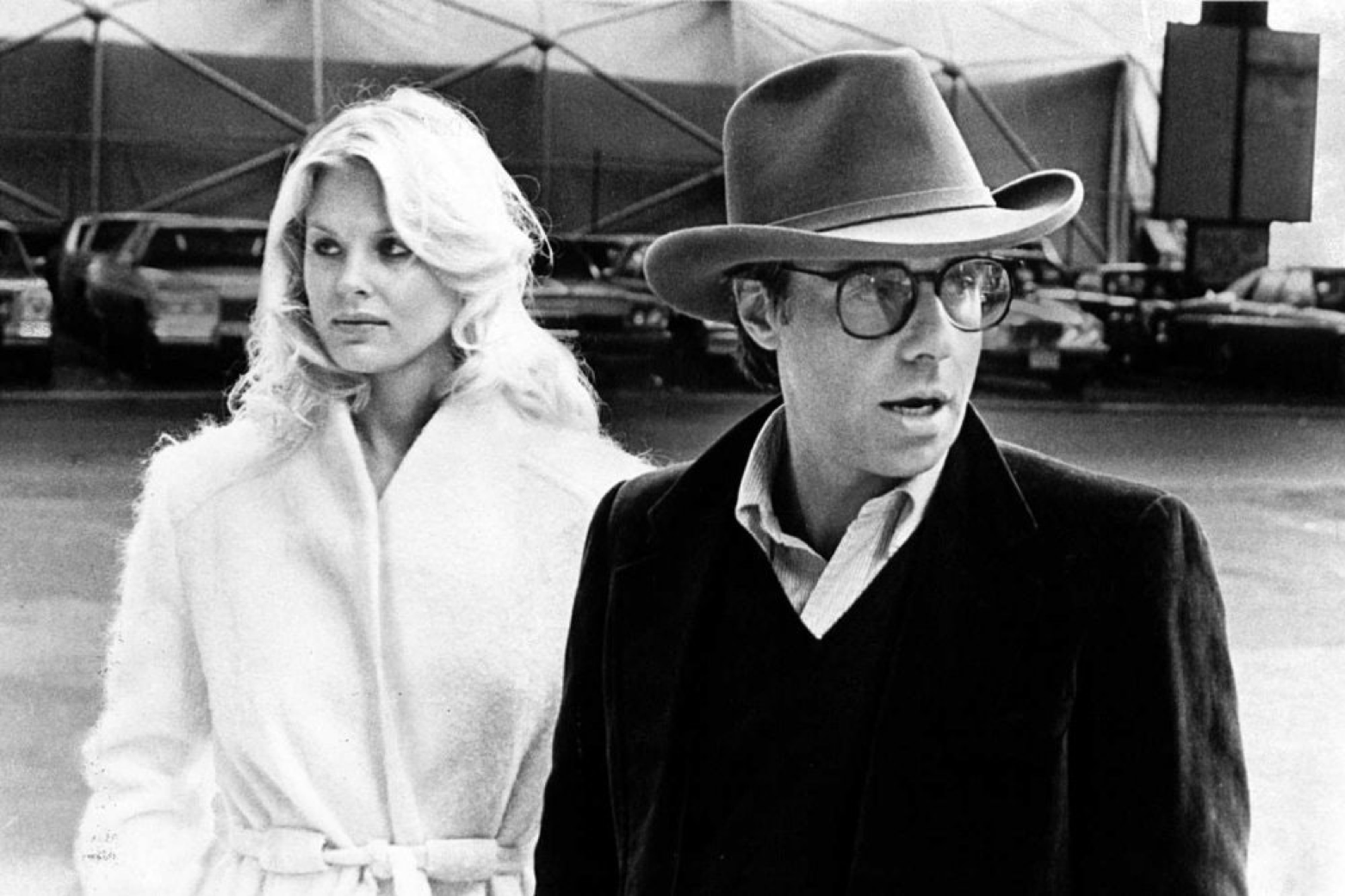
Following Dorothy’s murder Bogdanovich didn’t make a film for nearly five years until MASK in 1985 with Cher, Sam Elliot and Eric Stoltz. The heartwarming affair about a facially disfigured youth and his resolute mother was well-received but Bogdanovich took extreme exception to how the studio altered his musical choices (they swapped out Bruce Springsteen for Bob Seger) and unwisely took them to court. His films from there on out, NOISES OFF, ILLEGALLY YOURS, A THING CALLED LOVE, AND TEXASVILLE were mostly passing curiosities with critics and box office bombs for the studios. In his later years Bogdanovich kept busy directing TV and acting. He directed an episode of “The Sopranos” and had a minor recurring part in the mob series as Dr. Elliot Kupferberg. He also directed Sidney Poitier (who also passed away earlier this year) in the 1996 made for TV movie “To Sir, With Love II.” Several of Bogdanovich’s final works culminated in passion projects, most notably the 2007 documentary TOM PETTY AND THE HEARTBREAKERS: RUNNIN’ DOWN A DREAM and THE CAT’S MEOW, a fictionalized account about the mysterious death of early western filmmaking pioneer Thomas Ince (Cary Elwes) aboard William Randolph Hearst’s yacht in 1924. Interestingly enough, Bogdanovich would next helm the TV miniseries “The Mystery of Natalie Wood and his penultimate film in 2014, SHE’S FUNNY THAT WAY, a box office disaster starring Owen Wilson and Jennifer Aniston, would be co-written by Louise Stratten and produced by current “it” filmmakers Wes Anderson and Noah Baumbach. His final entry, THE GREAT BUSTER in 2018 was another passion project, a loving embrace of Buster Keaton, one of those early influences that made Bogdanovich fall in love with cinema. According to IMdB, Bogdanovich had one other film in the works at the time of his death, a comedy called ONE LUCKY MOON. Perhaps like Welles’s THE OTHER SIDE OF THE WIND some filmmaker might step in and make it a posthumous reality. More easily however, one could see a bio-pic or a documentary about Bogdanovich; his life in Hollywood was the kind of drama Hollywood movies are made of.
